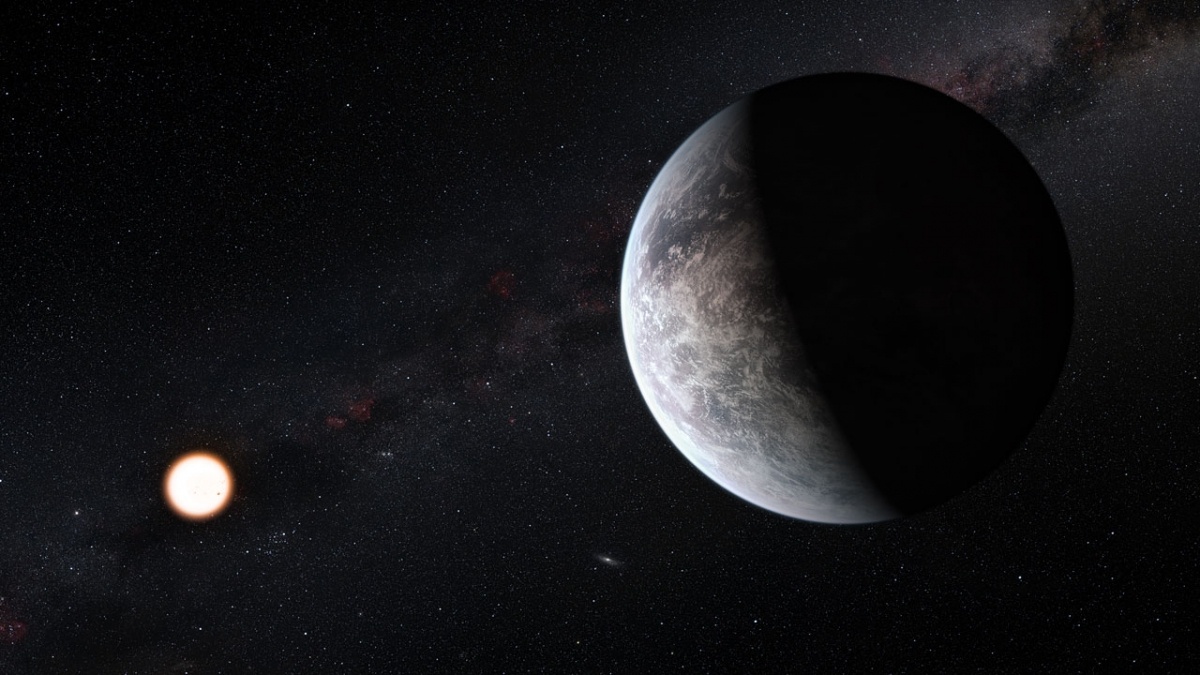We’ve learned a thing or two about exoplanets in the past several years. One of the more surprising discoveries is that our solar system is rather unusual. The Sun’s worlds are easily divided into small rocky planets and large gas giants. Exoplanets are much more diverse, both in size and composition.
Continue reading “It's Starting to Look Like Super-Earths Really are Just Great big Terrestrial Planets”Super-Earth Conditions Simulated in the Lab to Discover if They’re Habitable
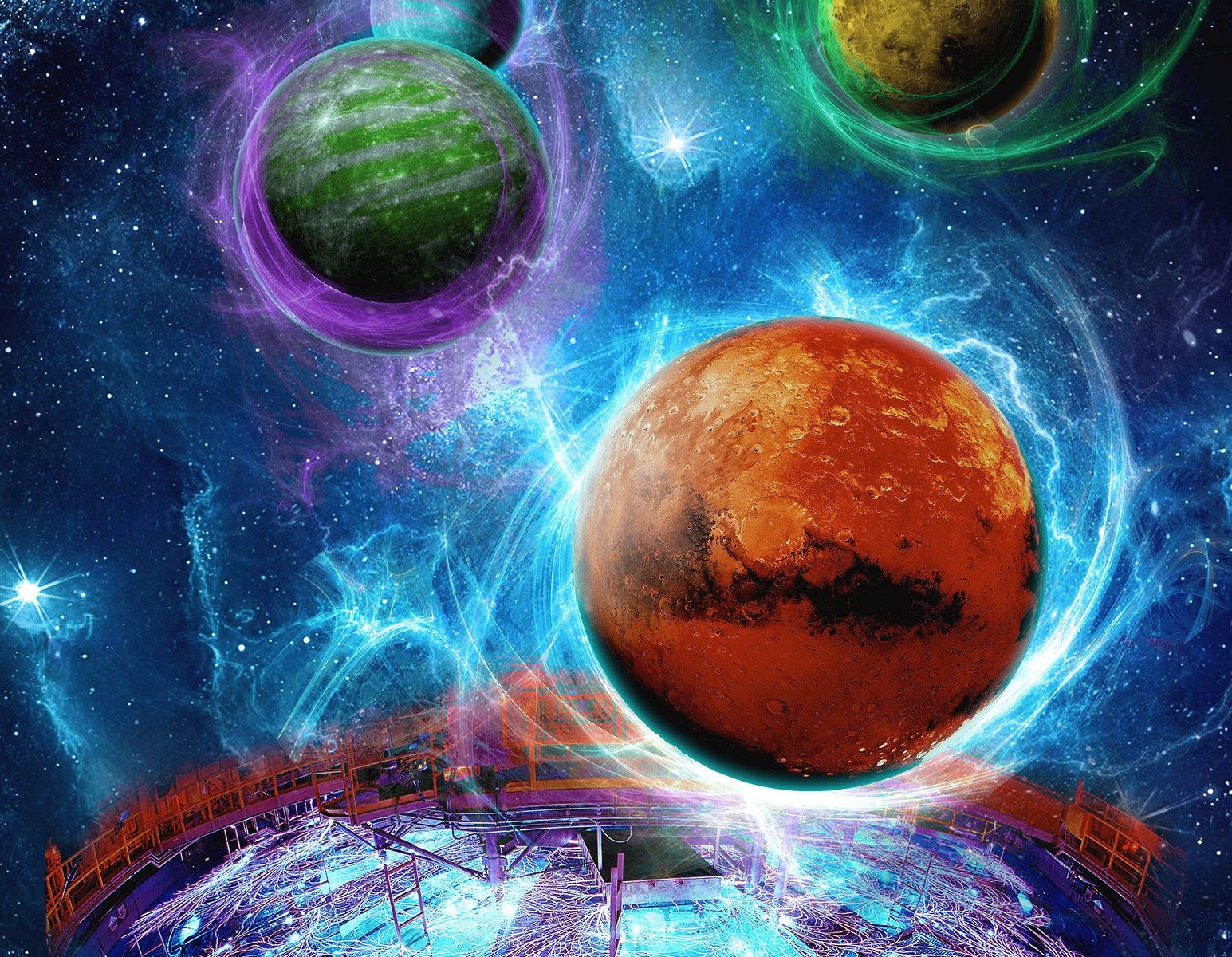
Deep inside planet Earth, there is a liquid outer core and a solid inner core that counter-rotate with each other. This creates the dynamo effect that is responsible for generating Earth’s planetary magnetic field. Also known as a magnetosphere, this field keeps our climate stable by preventing Earth’s atmosphere from being lost to space. So when studying rocky exoplanets, scientists naturally wonder if they too have magnetospheres.
Unfortunately, until we can measure an exoplanet’s magnetic fields, we are forced to infer their existence from the available evidence. This is precisely what researchers at the Sandia National Laboratories did with its Z Pulsed Power Facility (PPF). Along with their partners at the Carnegie Institution for Science, they were able to replicate the gravitational pressures of “Super-Earths” to see if they could generate magnetic fields.
Continue reading “Super-Earth Conditions Simulated in the Lab to Discover if They’re Habitable”A new Class of Exoplanets can Shrink, From Subneptunes Into Superearths
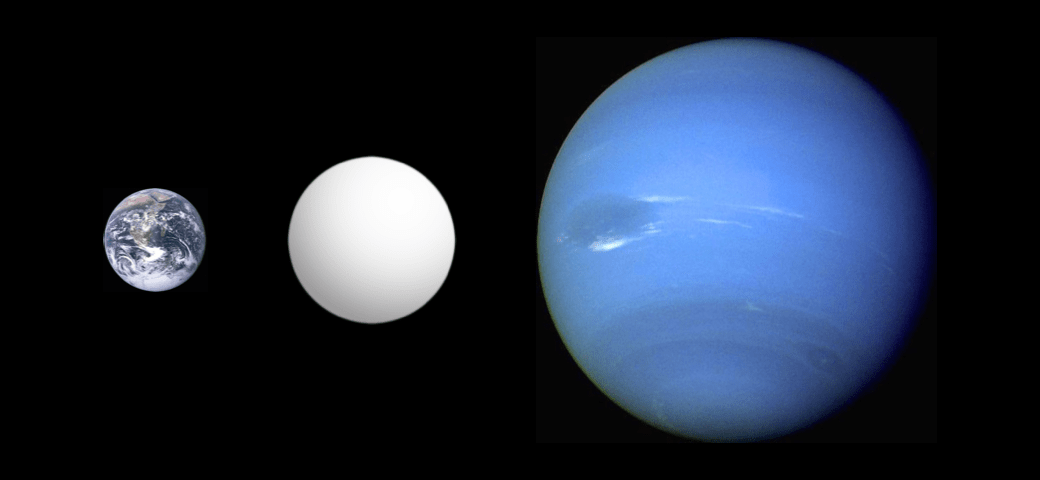
Mighty planets can be whittled down, leaving behind only their rocky cores, becoming nothing bigger than superearths. While astronomers had long suspected that this could happen, a new study reveals that it can occur in as little as a billion years.
Continue reading “A new Class of Exoplanets can Shrink, From Subneptunes Into Superearths”Exoplanetary System Found With 6 Worlds in Orbital Resonance

200 light-years away from Earth, there’s a K-type main-sequence star named TOI (TESS Object of Interest) 178. When Adrian Leleu, an astrophysicist at the Center for Space and Habitability of the University of Bern, observed it, it appeared to have two planets orbiting it at roughly the same distance. But that turned out to be incorrect. In fact, six exoplanets orbit the smallish star.
And five of those six are locked into an unexpected orbital configuration.
Continue reading “Exoplanetary System Found With 6 Worlds in Orbital Resonance”Astronomers Find a Planet Like Jupiter, but It Doesn’t Have any Clouds

Can you picture Jupiter without any observable clouds or haze? It isn’t easy since Jupiter’s latitudinal cloud bands and its Great Red Spot are iconic visual features in our Solar System. Those features are caused by upswelling and descending gas, mostly ammonia. After Saturn’s rings, Jupiter’s cloud forms are probably the most recognizable feature in the Solar System.
Now astronomers with the Center for Astrophysics | Harvard & Smithsonian (CfA) have found a planet similar in mass to Jupiter, but with a cloud-free atmosphere.
Continue reading “Astronomers Find a Planet Like Jupiter, but It Doesn’t Have any Clouds”One of the Oldest Stars in the Galaxy has a Planet. Rocky Planets Were Forming at Nearly the Beginning of the Universe
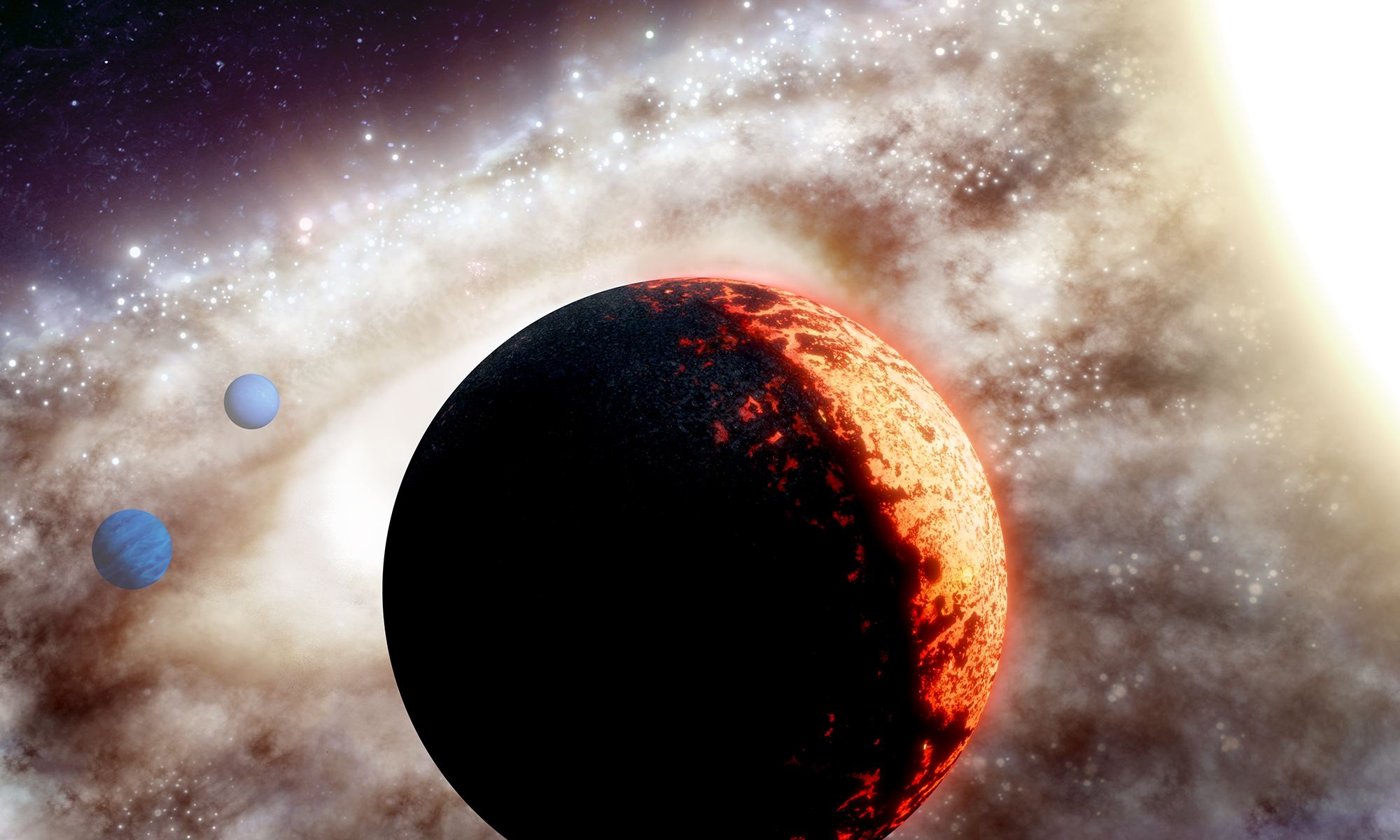
Would it be surprising to find a rocky planet that dates back to the very early Universe? It should be. The early Universe lacked the heavier elements necessary to form rocky planets.
But astronomers have found one, right here in the Milky Way.
Continue reading “One of the Oldest Stars in the Galaxy has a Planet. Rocky Planets Were Forming at Nearly the Beginning of the Universe”Planets are Finally Being Discovered Orbiting Farther From Their Stars
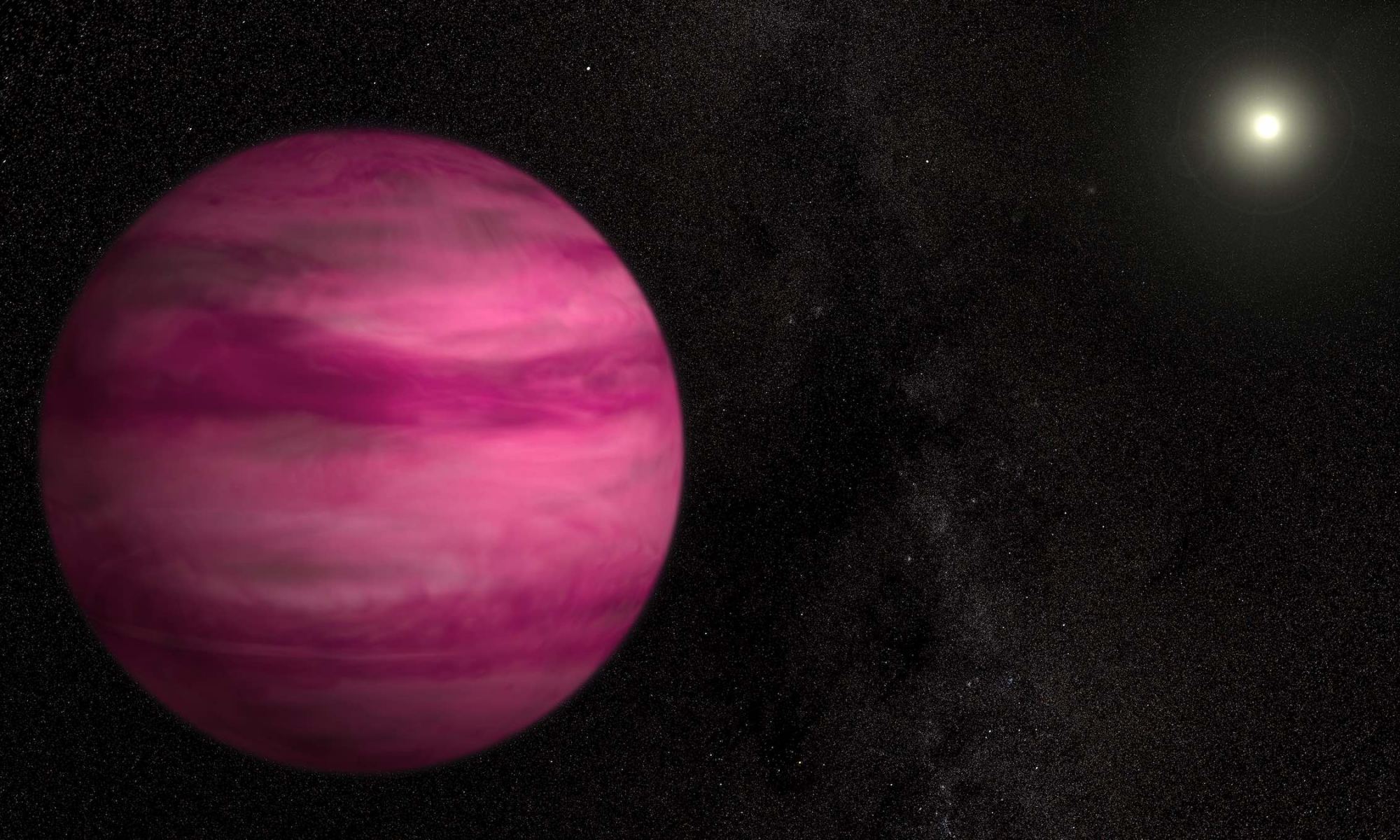
Discovering exoplanets is a difficult job. Given the challenges, it’s amazing that we’ve found any at all. But astronomers are clever, so there are currently more than 4,300 confirmed exoplanets. They range from small Mercury-sized worlds to planets larger than Jupiter, but most of them have one thing in common: they orbit close to their home star.
Continue reading “Planets are Finally Being Discovered Orbiting Farther From Their Stars”Stellar Flares May Not Condemn a Planet’s Habitability
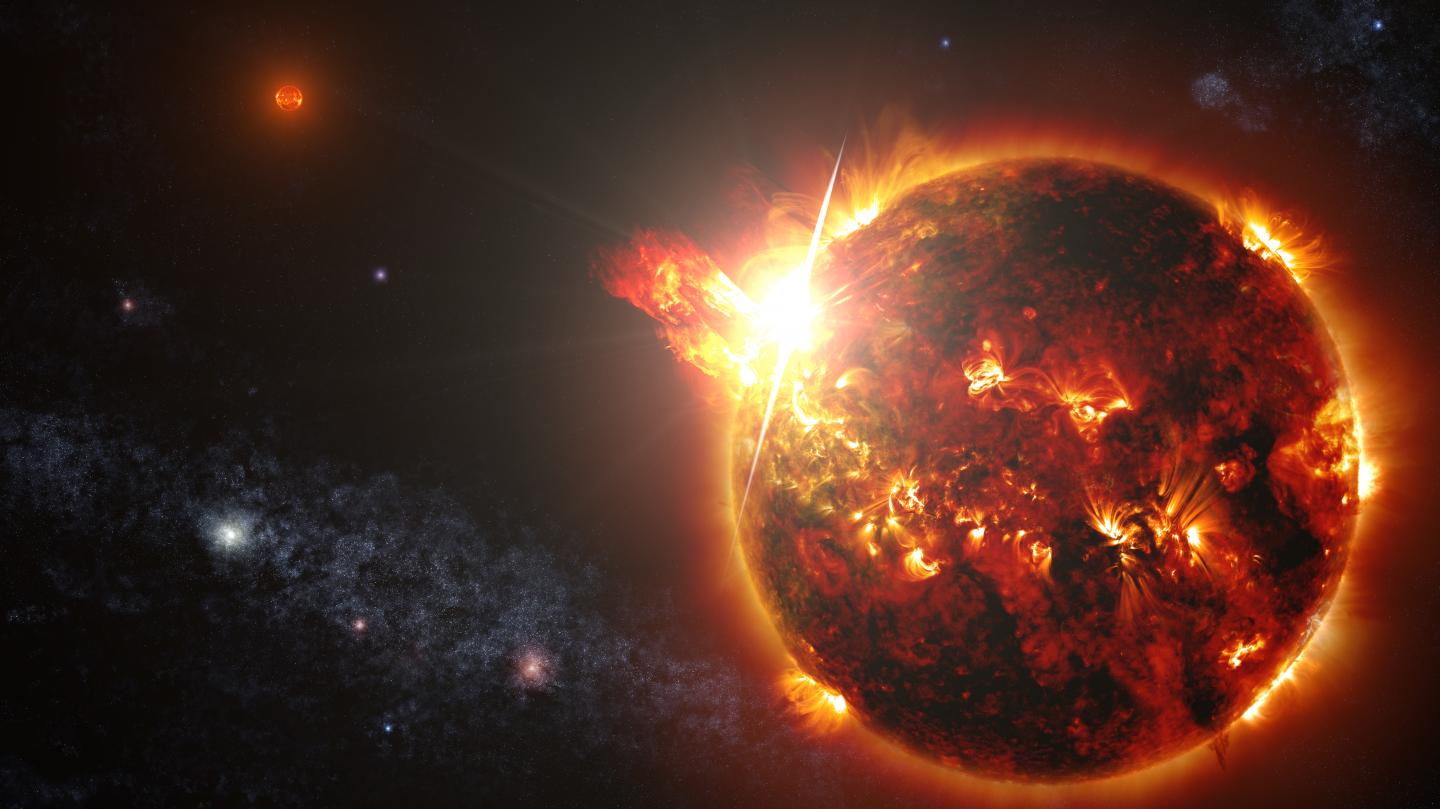
Red dwarf stars are the most common kind of star in our neighbourhood, and probably in the Milky Way. Because of that, many of the Earth-like and potentially life-supporting exoplanets we’ve detected are in orbit around red dwarfs. The problem is that red dwarfs can exhibit intense flaring behaviour, much more energetic than our relatively placid Sun.
So what does that mean for the potential of those exoplanets to actually support life?
Continue reading “Stellar Flares May Not Condemn a Planet’s Habitability”Radio Emissions Have Been Detected from an Exoplanet
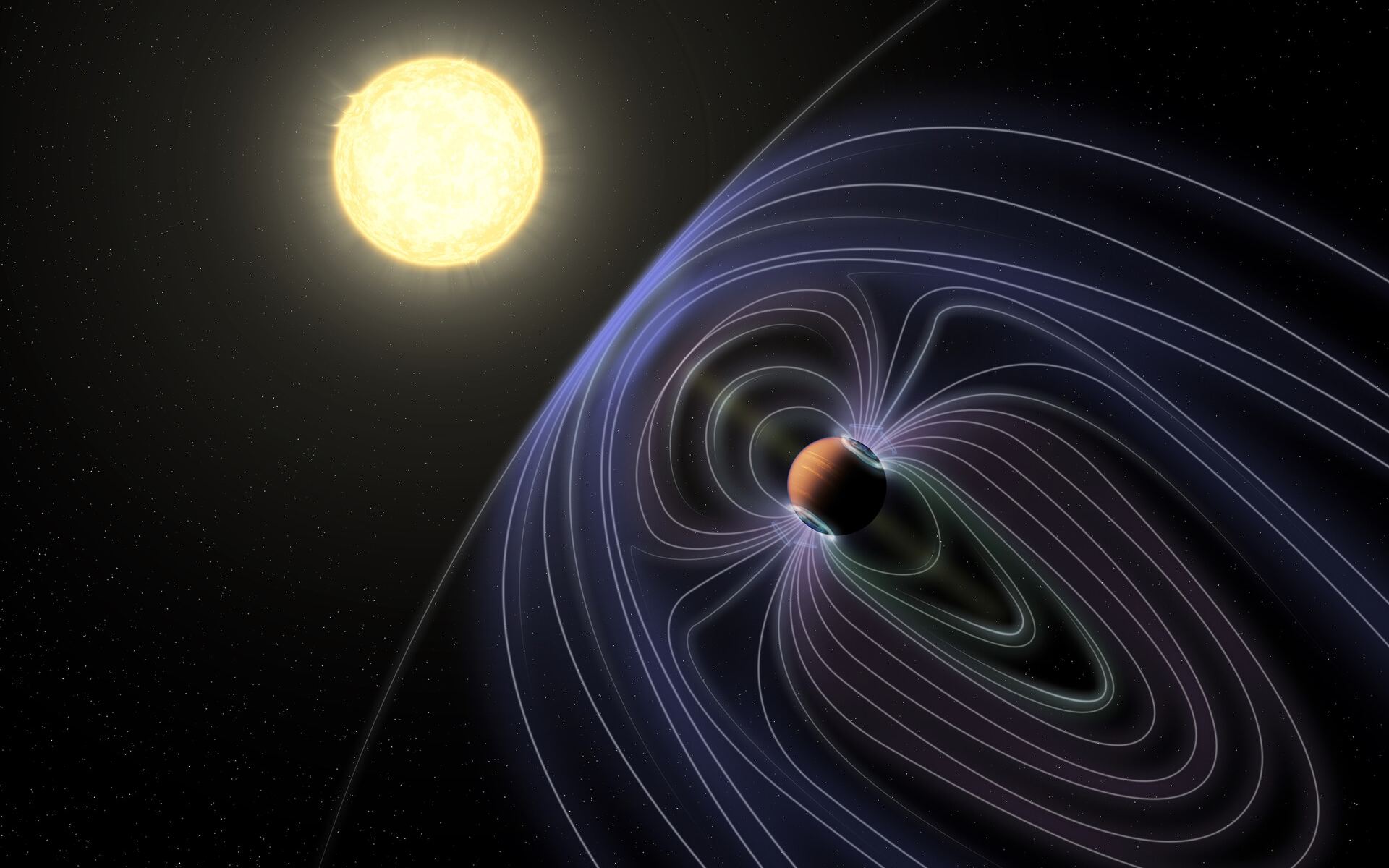
Invisible Glow
Finding planets out in the Universe is pretty hard. I say this despite the fact that two planets in Earth’s skies are aligning tomorrow to form one of the brightest objects seen in hundreds of years. But while the brilliant Jupiter and Saturn are always visible to the naked eye, Neptune wasn’t directly observed until 1846 despite being in our own solar system. We didn’t start discovering planets outside the solar system until 150 years after Neptune. Like Neptune, we find them (though indirectly), through visible light. However an international team of researchers may have just made the first detection of an exoplanet through radio emissions created by the planet’s aurora.
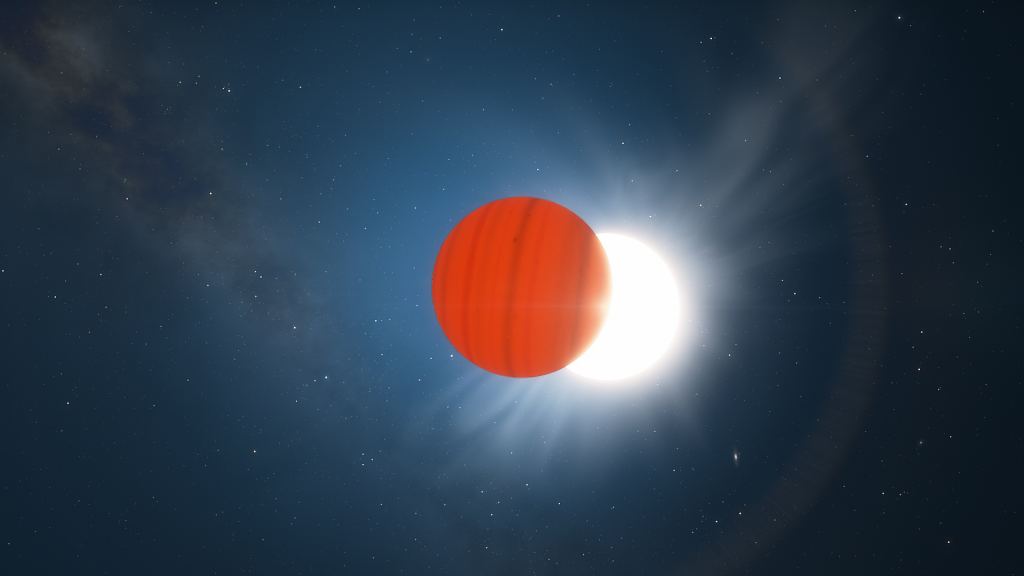
Heard of Mini-Neptunes and gas-Dwarfs? Here's a new one: sub-Earths
The planets in our solar system are broadly divided into two groups: small, rocky worlds like Earth, and large gas giants. Before the discovery of exoplanets, it was thought that our solar system was very typical. The light and heat of a star push the gas to the outer solar system, while heavier dust remains closer to the star. Thus a solar system has close rocky planets and distant gas giants. But we now know that planets and star systems have much more diversity.
Continue reading “Heard of Mini-Neptunes and gas-Dwarfs? Here's a new one: sub-Earths”
